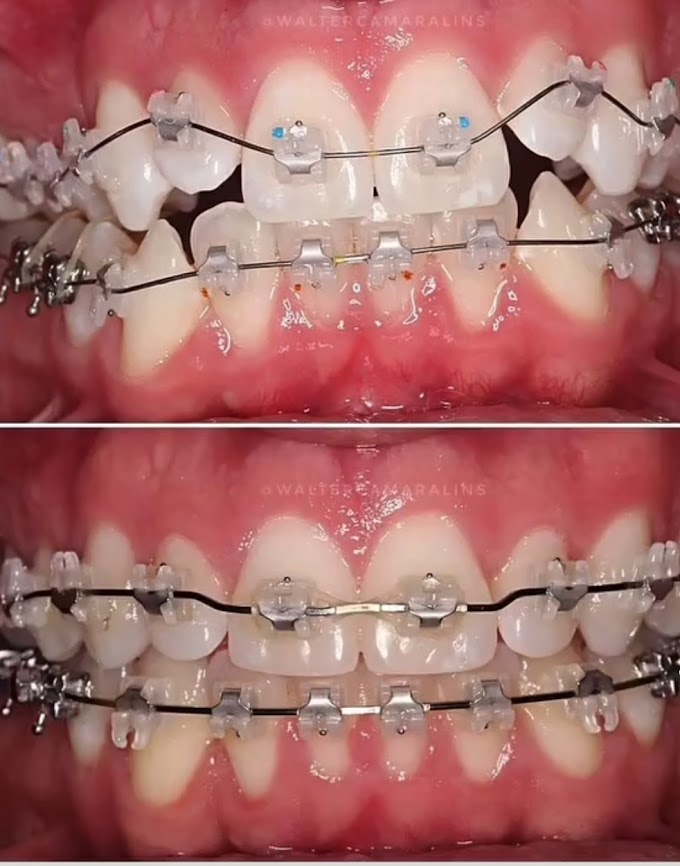Root Canal Procedure: A Step-by-Step Guide
When a cavity extends deep into your tooth, reaching the nerve, a simple filling won’t suffice. Instead, you’ll need a root canal to save the tooth. Let’s explore the process of repairing and preserving a damaged or infected tooth through a root canal:
Preparation: Isolating the Area
- The dentist begins by placing a rubber dam around the affected tooth. This ensures a dry environment during the procedure and prevents you from swallowing or inhaling any chemicals used.
- If there’s an associated dental abscess (a pus-filled swelling), the dentist may drain it during this step.
Accessing and Cleaning the Roots
- Using a dental drill, the dentist opens the tooth through the crown (the top part) to access the pulp chamber and root canals.
- The infected pulp (nerve tissue) is carefully removed.
- The root canals are then cleaned and enlarged using a series of small files. This step may take several hours and may require multiple visits.
- The number of roots in the tooth determines the complexity and duration of the treatment:
- Front incisors and canines usually have a single root with one canal.
- Premolars and molars (chewing teeth) have 2 or 3 roots, each containing 1 or 2 canals.
Lubricating and Shaping the Canals
- The dentist uses rotary files and hand files to shape the canals, ensuring they are regular and ready for filling.
- An apex locator machine helps locate the root tip (apex).
- Hypochlorite, a cleaning solution, disinfects and lubricates the area.
- Ultrasonic streaming agitators further enhance cleaning.
Drying and Disinfection
- Paper points are used to dry the canals thoroughly.
- EDTA (a liquid) opens up blocked channels inside the canal, allowing better cleaning.
- Agitation and cleansing continue to ensure optimal disinfection.
Filling the Canals
- Gutta-percha, a rubber-like material, fills the cleaned canals.
- A down packer condenses the gutta-percha, ensuring a snug fit.
- Backfilling completes the process.
Sealing and Restoration
- The tooth is sealed to prevent reinfection.
- If necessary, a crown may be placed to protect the root-filled tooth.
Remember, root canal-treated teeth are more prone to breakage, so follow your dentist’s advice for long-lasting results. 😊🌟




